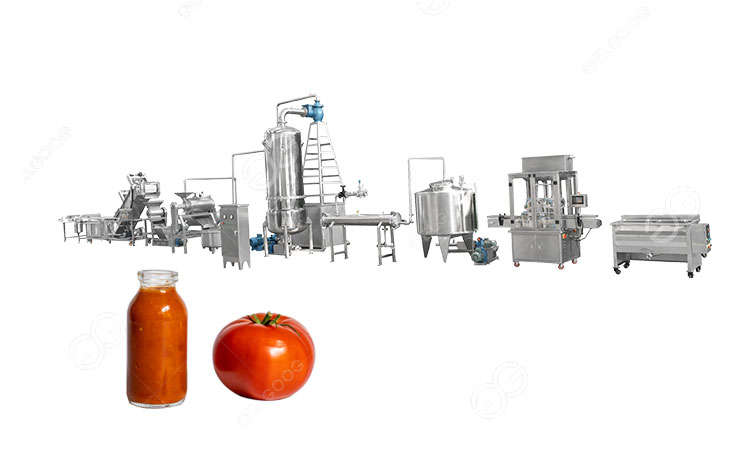What Are The Steps in The Production of Ketchup?
Ketchup, a ubiquitous condiment found on tables around the world, has a fascinating journey from farm to factory. Its production involves a meticulous process to ensure quality, flavor, and safety. But what are the steps in the production of ketchup?

Step 1: Tomato harvesting and selection
The journey of ketchup begins with the careful selection of ripe, high-quality tomatoes. Tomato varieties with a balanced sweetness and acidity are often preferred. The tomatoes are harvested at peak ripeness to ensure optimal flavor. Modern ketchup factories often source tomatoes from local farms or regions known for producing excellent-quality tomatoes.
Step 2: Washing and sorting
Once harvested, the tomatoes undergo a thorough washing process to remove any dirt or debris. After washing, the tomatoes are sorted to eliminate any damaged or unripe ones. Quality control at this stage is crucial to ensure the final product meets the desired standards.
Step 3: Crushing and preheating
The sorted tomatoes are then crushed to form a tomato puree. This puree is preheated to facilitate the separation of the skin and seeds from the pulp. The resulting mixture, known as tomato juice, is the foundation of ketchup.
Step 4: Evaporation
To achieve the desired thickness and concentration of flavors, the tomato juice undergoes an evaporation process. This involves heating the juice to remove excess water content, leaving behind a concentrated tomato base.
Step 5: Addition of ingredients
Ketchup is more than just tomatoes; it requires a carefully crafted blend of ingredients to achieve its distinct taste. Common additions include vinegar, sugar, salt, and a blend of spices. The specific recipe is a closely guarded secret for each ketchup manufacturer, contributing to the unique flavor profile of their product.
Step 6: Cooking and pasteurization
The ketchup mixture is then cooked to meld the flavors and achieve the desired consistency. Pasteurization, a process of heating the mixture to kill harmful bacteria, is a critical step to ensure the safety and shelf life of the product. This step also helps in preserving the ketchup without the need for excessive additives.
Step 7: Cooling and bottling
After cooking and pasteurization, the ketchup is rapidly cooled to stop the cooking process. It is then ready for bottling. The bottling process is highly automated in modern ketchup factories, with precise measurements to ensure consistency across each batch.
Step 8: Quality control
Quality control is a continuous process throughout the production. Samples from each batch are rigorously tested for taste, texture, color, and safety. This ensures that every bottle of ketchup that reaches the consumer meets the high standards set by the manufacturer.
The production of ketchup is a harmonious dance of science and culinary art. If you are interested in the tomato ketchup production line, contact us now.
